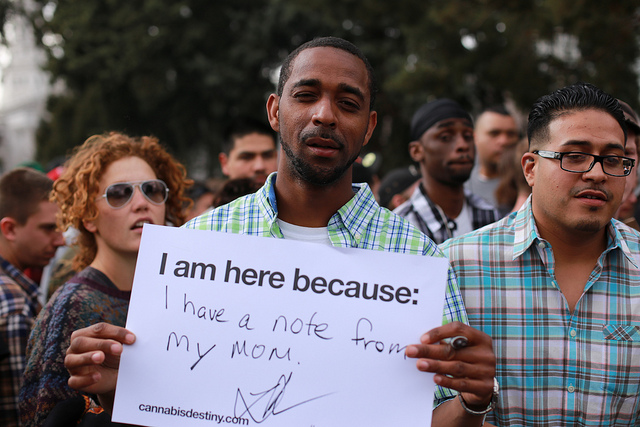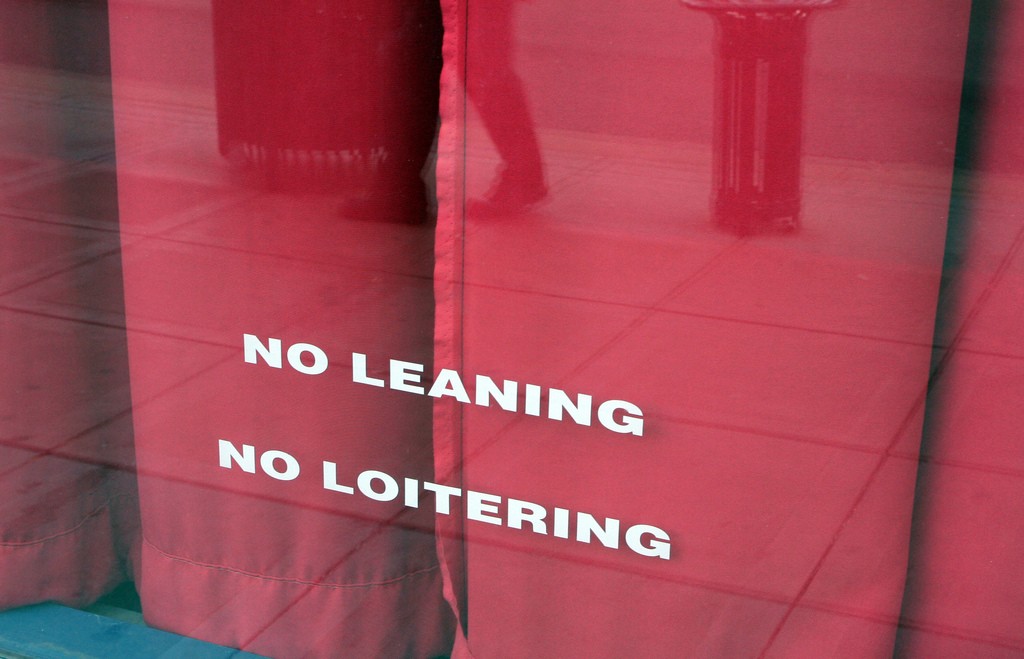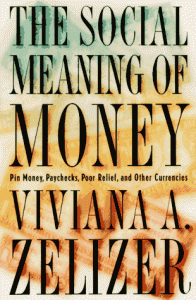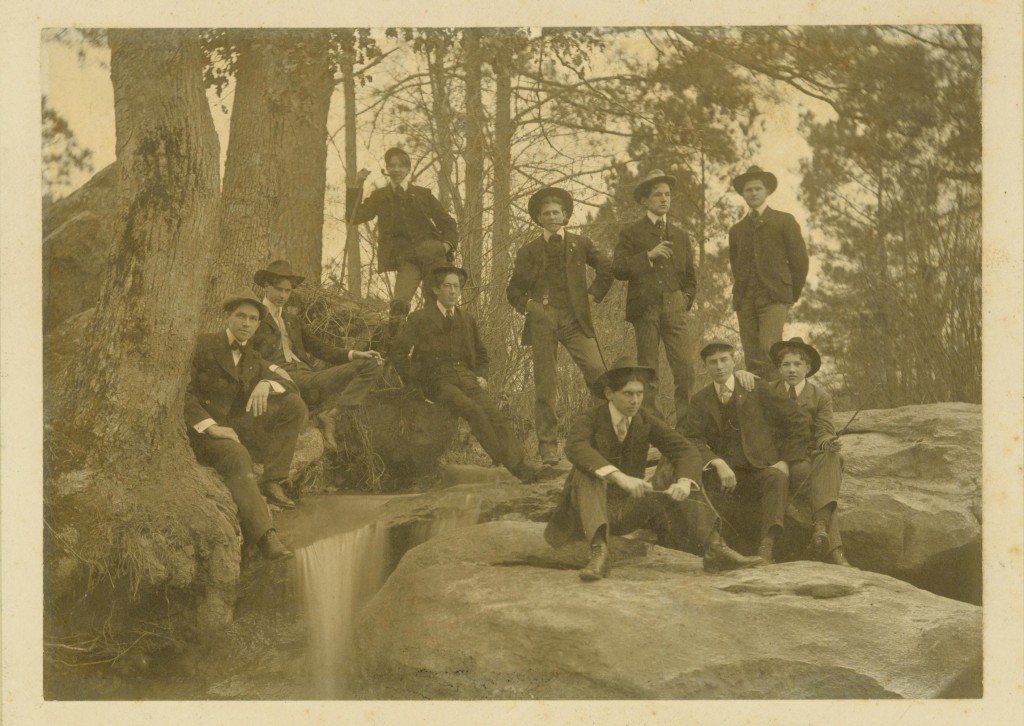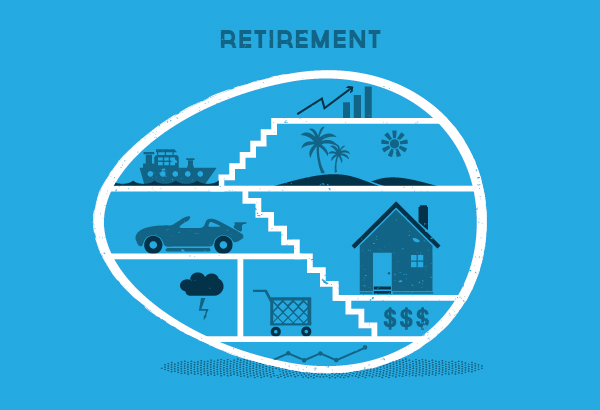
With presidential hopefuls gearing up for the 2016 election, shifting views about the relationship between the United States and Cuba could influence electoral outcomes, especially in the swing state of Florida. Sen. Ted Cruz and Sen. Marco Rubio, both Cuban Americans running on the Republican ticket and hoping to secure the Cuban-American vote, should take note. Sociologist Guillermo Grenier, who has run the Florida International University Cuba Poll for over 20 years, recently told the Washington Post:
Almost half of Cuban Americans are now U.S.-born, and they are reverting to a full spectrum of political perspectives.
The article explains how, in the 1960s and 1970s, the passion to overthrow Fidel Castro drove Cuban-American political ideology. But since then, a newer and younger generation of Cuban Americans has entered the voting booth.
“In South Florida, immigrants who arrived after 1995 now make up a third of the Cuban community, and most are not Republicans.” Grenier added,
My students think of themselves as Republicans, but they keep asking, ‘How can Rubio be against making Cubans’ lives easier by being against investing in the island?’ Republicans can’t just play the Cuba card like they did 20 years ago.



